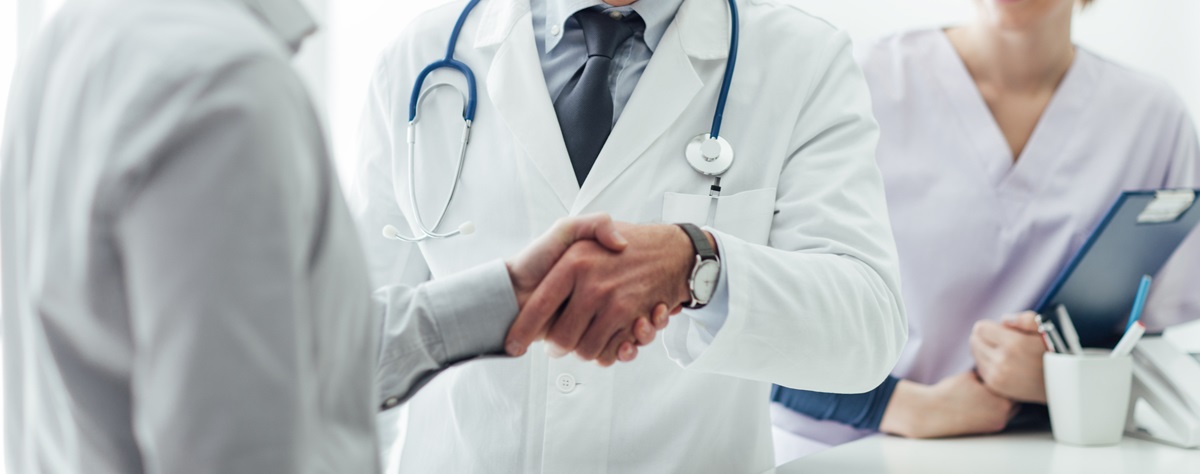Gastroenterology
In the Gastroenterology Departments, there is an endoscopy unit that is prepared under the ideal conditions, which gives importance to patient’s comfort during endoscopic examination and procedures for the physician and health personnel to work comfortably.
Endoscopy; Endoscopy is the process of examining the internal parts of the stomach and similar internal organs by direct visualization with advanced optical devices.
Colonoscopy Procedure
Colonoscopy is the examination of the large intestine with a bendable instrument (colonoscope). If there is an abnormally enlarged area (polyps) on the large intestine, their removal process is also called a polypectomy. Polyps can be in different sizes from millimeters to centimeters. Most are benign (not cancerous). But the physician may not always say that the visualized polyp is benign. Therefore it can be sent for further review.
Under drowsiness (sedation), patients are placed on their left side. The lubricant is applied into the rectum with a gel-coated colonoscopy, the doctor visualizes the area as the device proceeds to the end of the large intestine by seeing and examining the areas on the screen.
The colonoscope is supplied some air into the intestine to open up the area and see the intestine well. Tissue pieces (biopsies) can be taken from the required areas for further examination and polyps can be removed. When the procedure is completed, the supplied air is removed as much as possible and the colonoscope is removed.
Risks that may occur during colonoscopy
• During sedation, stomach contents may leak to the trachea.
• If the patient with less frequent polyps does not stop bleeding, s/he should apply to the nearest emergency • service.
• Serious problems in colonoscopy are very rare, but sometimes perforation of the large intestine may occur.
• Colonoscope devices should be cleansed well for possible infection risks.
Side Effects of Colonoscopy
Air remaining in the intestine during the procedure may cause pain, bloating and ache in the patient.
RSS Process (Rectosigmoidoscopy Process)
In this process, the colonoscope is used to look up the sigmoid column and the colonoscope is removed. So, unlike the colonoscopy process, it does not proceed until the end of the large intestine, it proceeds only to the sigmoid colon, images are taken and if necessary, a biopsy can be taken.
Endoscopy Procedure
In this process, the first part of the esophagus, stomach and small intestine (duodenum) are examined with a flexible instrument. The endoscope does not affect the breathing of patients. After sedation is created and a local anesthetic is applied into the throat, the endoscope is advanced through your mouth and into the esophagus. Here, the doctor can clearly see the area where he will proceed. After reaching the stomach, the stomach is opened by giving some air and the doctor sees the stomach thoroughly. Finally, the duodenum is examined. Tissue pieces are removed for detailed examination during the procedure. When the examination is completed, the supplied air is discharged and the endoscope is removed.
Risks that may occur during endoscopy
• During sedation, stomach contents may leak to the trachea.
• Very rarely, perforation of the stomach and duodenum may occur during the procedure.
• Abdominal bloating may be seen.
• Low-risk dental injuries may occur.
• Dry throat may occur after the procedure.
Sedation of the patient before the procedure
It is the procedure where the drug is administered intravenous through respiratory or other means.
Expected Results: A decrease in pain and tension and dizziness, drowsiness may be seen after the intervention.












